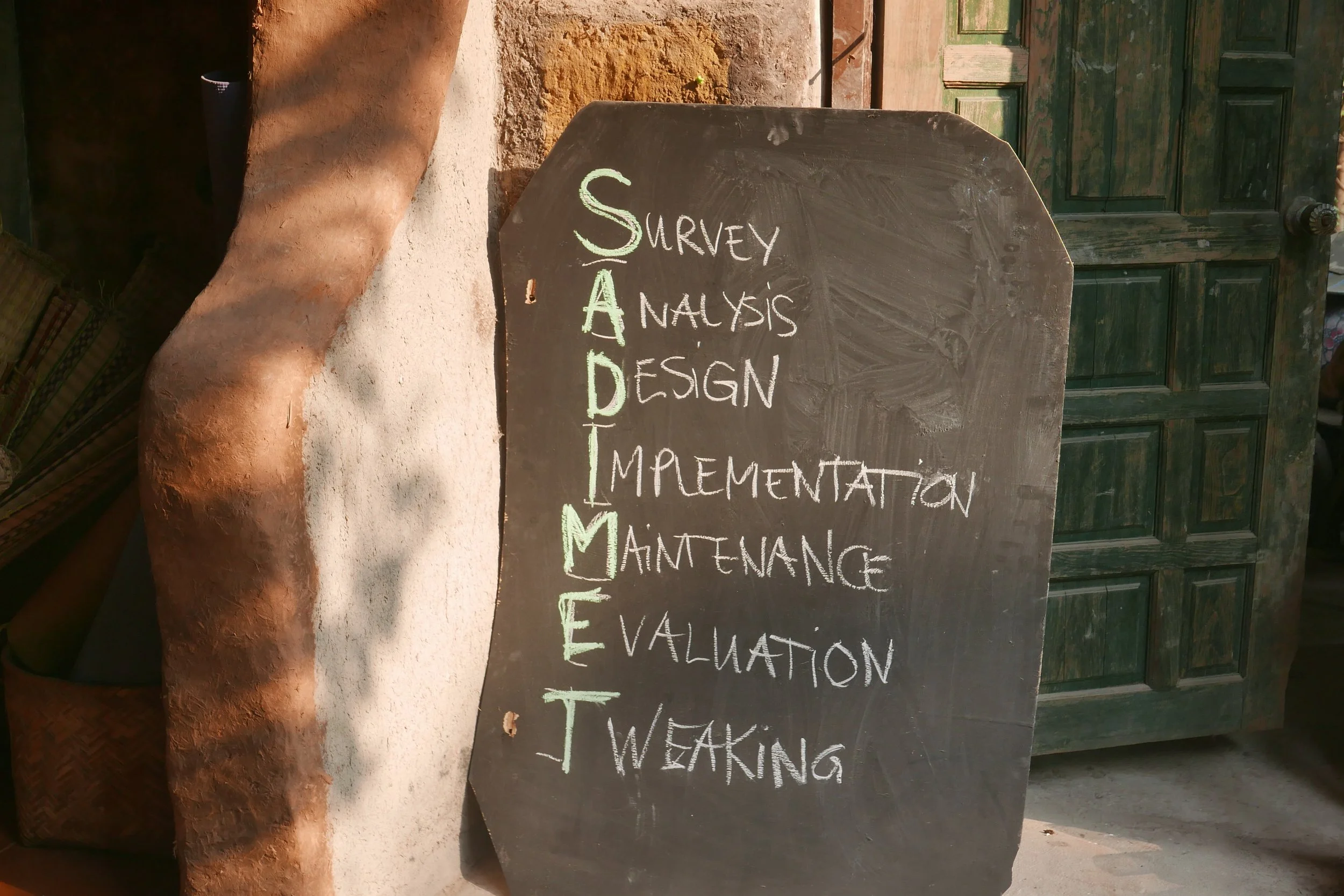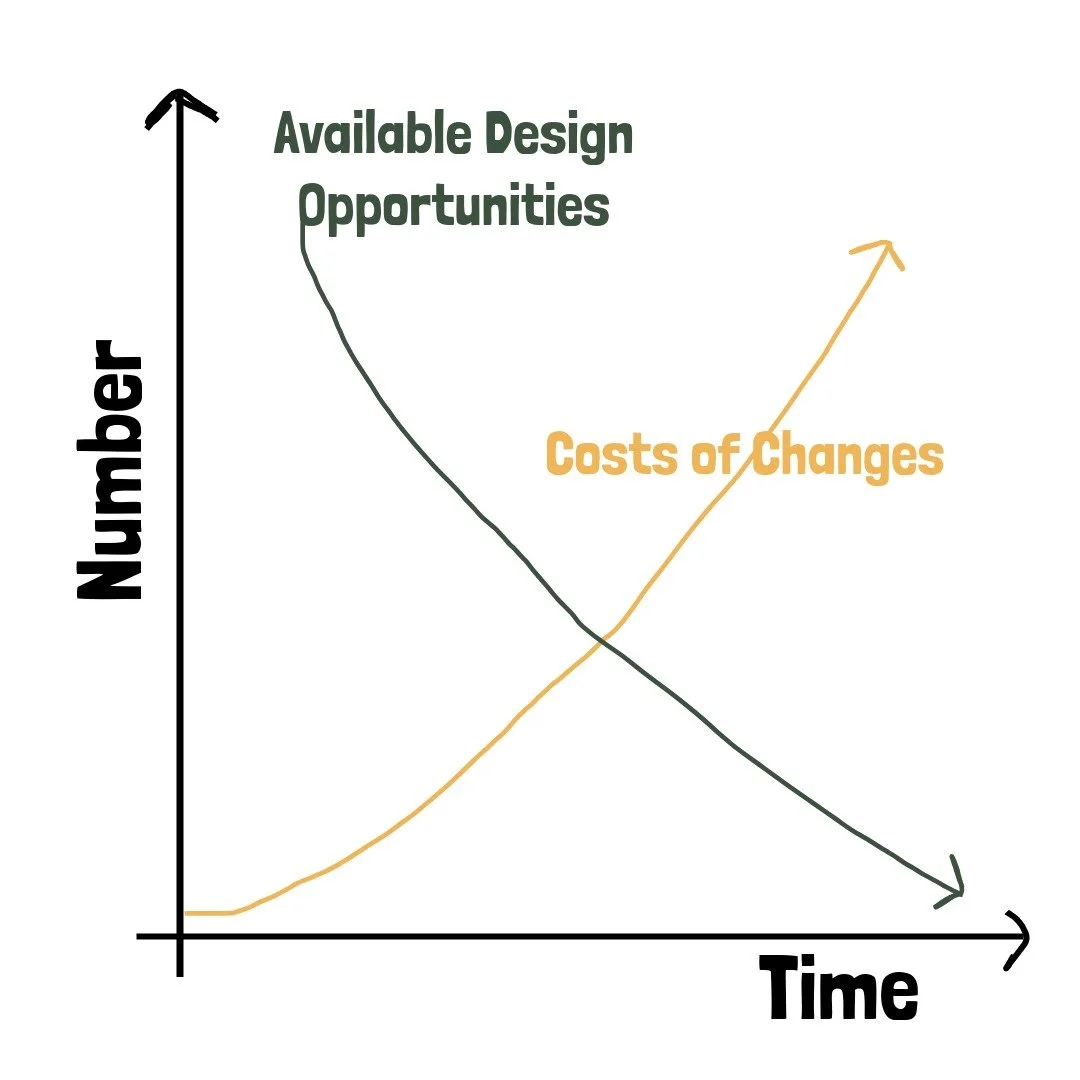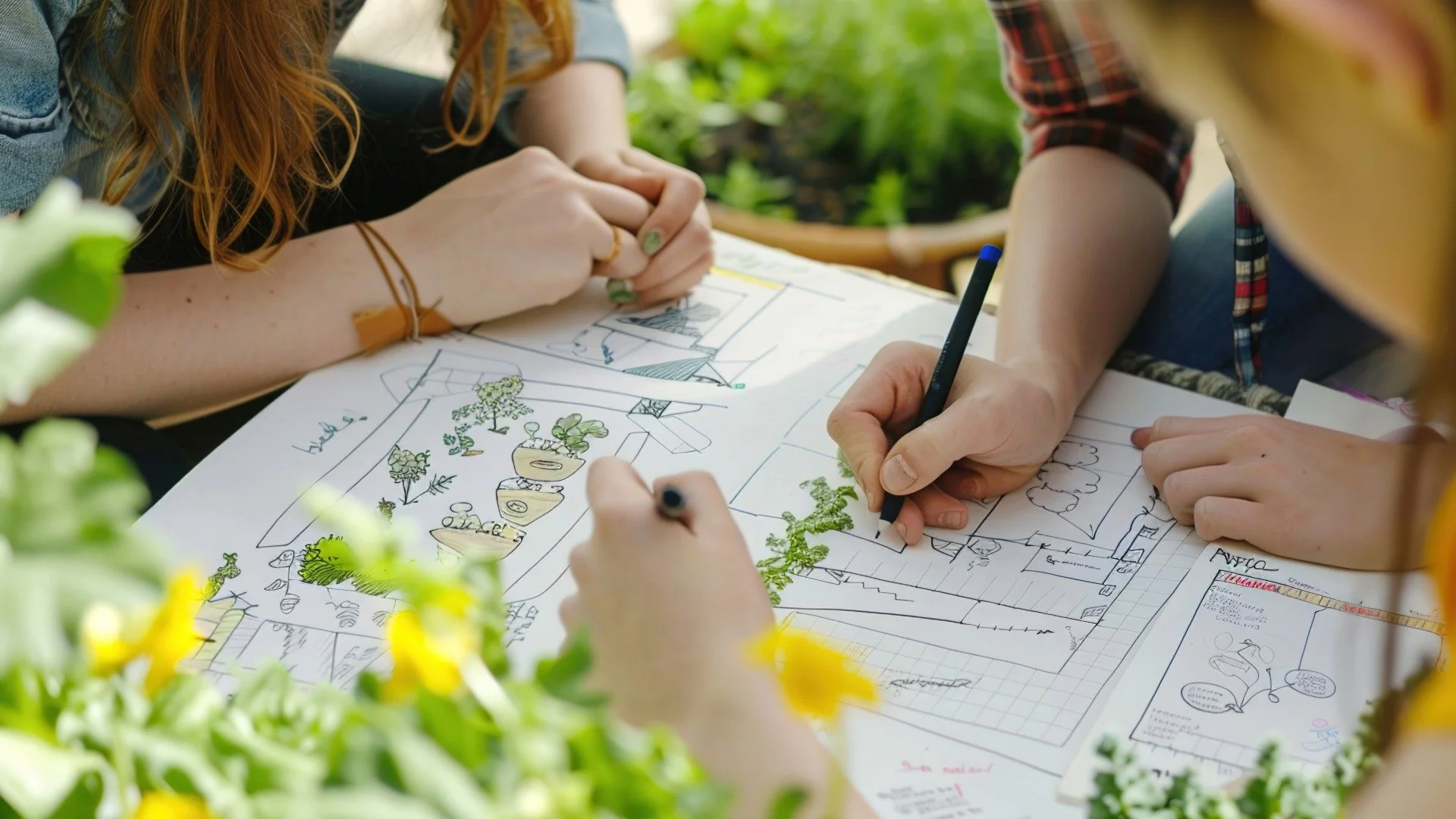SADIMET Methodology: The Step-by-Step Approach to Designing Sustainable Permaculture Systems
The SADIMET methodology provides a structured approach for designing sustainable permaculture systems. It consists of seven consecutive steps – from observation to adaptation – and helps create resilient, productive, and eco-friendly systems that meet the needs of both people and nature.
Why Design is the Heart of Permaculture
At the center of every permaculture concept lies design – whether you’re shaping a piece of land, a community project, or an organization. Design is the thread that weaves together natural principles, human needs, and ecological cycles.
A good design:
saves energy and resources in the long run,
strengthens the self-organization of ecosystems,
and fosters social and ecological resilience.
„For the construction of a regenerative system, we can use energy; this requires that during its lifetime, the system stores or conserves more energy than we use for its construction or maintenance.“
Four Reasons Why Design Matters
1. Create clarity
A good permaculture design helps you set priorities and avoid overwhelm. You work with intention instead of randomly.
2. Increase efficiency
With thoughtful design, you use resources wisely, reduce workload, and boost the productivity of your system.
3. Accelerate projects
Design is an investment: thorough planning upfront saves time, money, and energy in implementation.
4. Grow step by step
Big changes emerge from small steps. Good design helps you define stages, coordinate resources, and progress iteratively.
Remember: the further you are in the process, the more expensive it becomes to change direction. A clear plan in the beginning saves many corrections at the end.
The graphic illustrates this beautifully: in the beginning, you have endless free options. But the further you proceed, the costlier it becomes to change course. A well-thought-out design narrows the possibilities and creates clarity, allowing you to implement your vision. It is important to understand why you are approaching your project in a certain way – because the best design is always tailored to your specific needs and conditions.
Individual Permaculture Design Instead of Blueprints
Your design drivers, your values, and your constraints define the best design for you and your land. This design is unique to you and your circumstances.
You can’t simply copy someone else’s design because you don’t know if their drivers and conditions are the same as yours. Without understanding the why of your project, the design won’t truly fit.
Permaculture design helps you first understand the why, and then search for your optimal solution. Every design works best when it is customized.
If you work with a permaculture designer, remember: the consultant can help you uncover your why, but you must take responsibility and know your own answer. The design work is yours – the consultant guides you through the process and shows you tools and techniques based on your needs and values.
The SADIMET Methodology at a Glance
The SADIMET method is one of the best-known tools in the permaculture design process. SADIMET stands for:
Survey
Analysis
Design
Implementation
Maintenance
Evaluation
Tweaking
1. Survey – Observe and Understand
Observe without judgment. Perceive your environment with open senses: How does water flow? Where does the sun fall? How does the place change over the course of the year? Take notes, collect data, and experience the site across the seasons.
Tip: If you don’t have a full year, start small – with mobile structures like raised beds or compost – and keep observing.
2. Analysis – Identify What Works
Analyze the key factors of your site. Create a SWOC analysis (Strengths, Weaknesses, Opportunities, Challenges) to identify what’s possible and what’s limiting. From this, define clear goals – e.g., education, food, or biodiversity.
3. Design – Shape Your System
Now the creative part begins. Work with maps, sketches, or digital tools to place elements meaningfully. Use methods like the McHarg overlay technique or random placement to gain fresh perspectives.
4. Implementation – Step by Step
Plan realistically. Which elements are priorities? Which resources do you need? Start with small, visible successes to build motivation and engagement.
5. Maintenance – Care and Stewardship
A living system needs attention. Maintain your structures regularly: prune plants, improve soil, manage water flows. This keeps the system stable and vibrant.
6. Evaluation – Learn and Reflect
Regularly review the outcomes of your work: Which goals were achieved? Which processes work well, and which less so? Learn from both successes and mistakes to continuously improve your design.
7. Tweaking – Adapt and Evolve
Permaculture is a living process. Adaptation is part of it: adjust elements when conditions or insights change. This keeps your system resilient and flexible.
Conclusion: SADIMET as a Tool for Change
With the SADIMET method, you get a clear, practical guide to implementing permaculture design in a structured, reflective, and regenerative way.
It helps you move from observation to action – step by step.
Start Your Own Permaculture Design
Do you want to dive deeper into permaculture thinking and practice? Stay tuned for upcoming guides, real-world examples, and inspiring resources to help you design regenerative systems in your own space.
Follow along and be part of a growing movement for resilient ecosystems and sustainable living.



